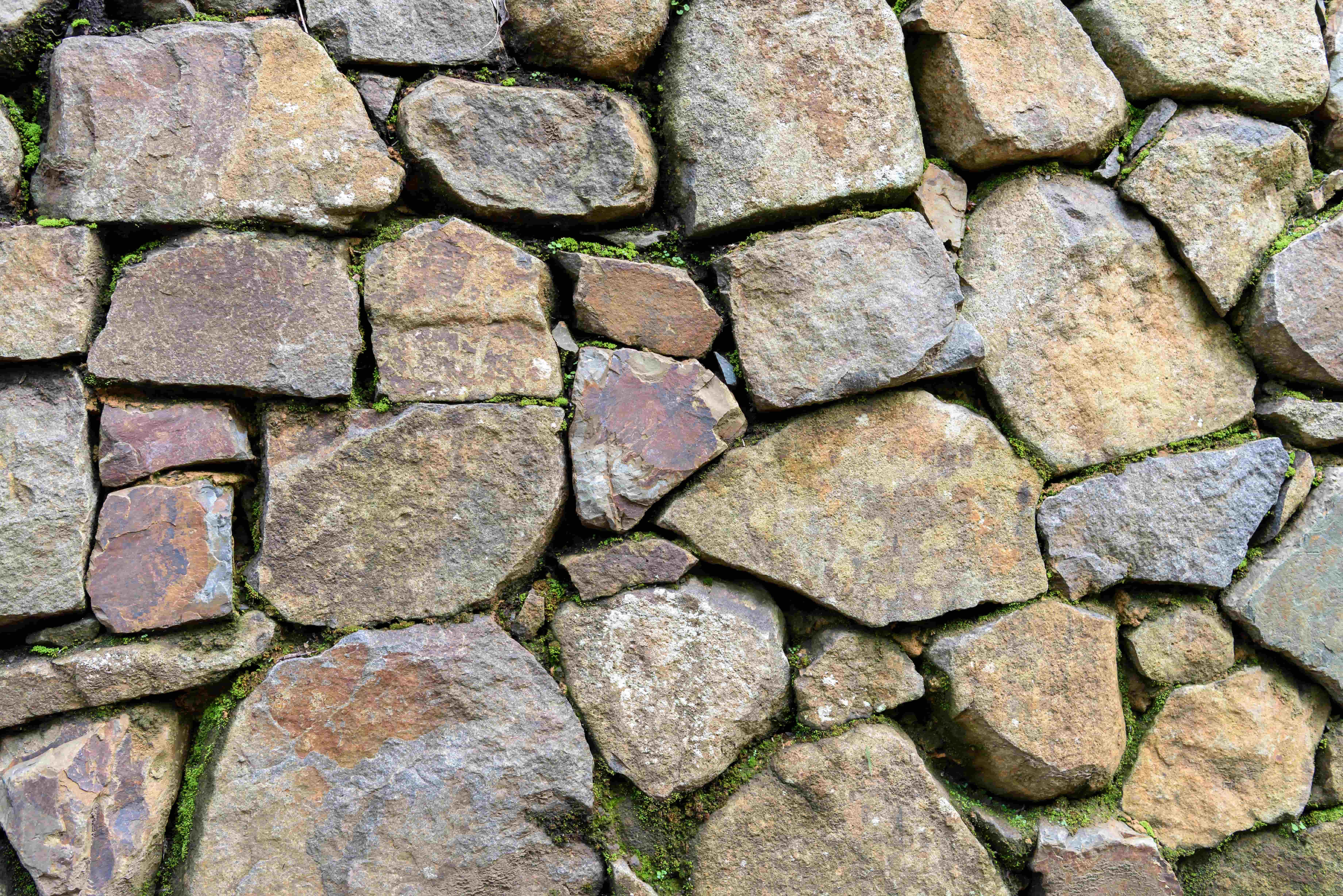
Introduction to Drystone Walling
The art of drystone walling, a construction method without the use of mortar to bind stones together, has been practiced for centuries. This technique not only showcases remarkable craftsmanship but also offers robust durability and environmental compatibility. The unique charm and historical significance of drystone walling make it a preferred choice for preserving rural landscapes and historical sites across the globe.
Why Choose Drystone Walling?
Drystone walls provide more than just aesthetic appeal; they offer a host of environmental benefits. These structures support biodiversity by creating habitats for various plants and animals. The permeability of drystone walls ensures effective drainage, reducing the risk of water buildup and soil erosion. Moreover, the use of local stones reduces the carbon footprint associated with transportation and manufacturing processes.
Mastering the Craft
Essential Techniques
Building a drystone wall requires precision, patience, and skill. Key techniques include selecting the right stones, ensuring each stone is securely placed, and balancing the wall for stability. The process begins with laying a solid foundation, followed by carefully stacking stones so that each one interlocks with its neighbors, creating a stable structure that can withstand the elements.
Tools of the Trade
- Stone hammer for shaping stones
- Chisels for splitting
- Tape measure for alignment and height
The Benefits of Drystone Walling
The sustainability and resilience of drystone walls make them a valuable addition to any landscape. These structures blend seamlessly into natural surroundings, enhancing the beauty of the area while providing essential functions such as livestock containment and property delineation. The longevity of drystone walls, often lasting centuries, makes them a one-time investment for generations to enjoy.
For more information on the techniques and benefits of drystone walling, visit The Dry Stone Walling Association of Canada.

